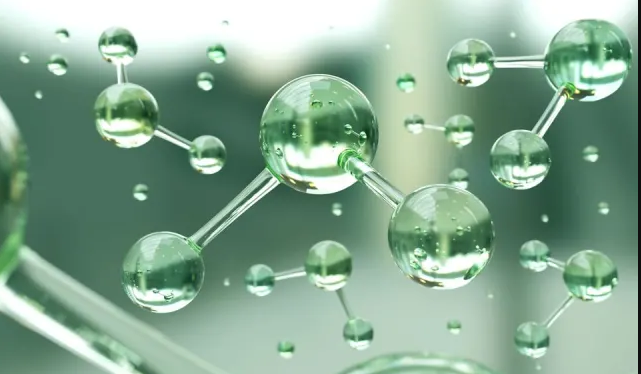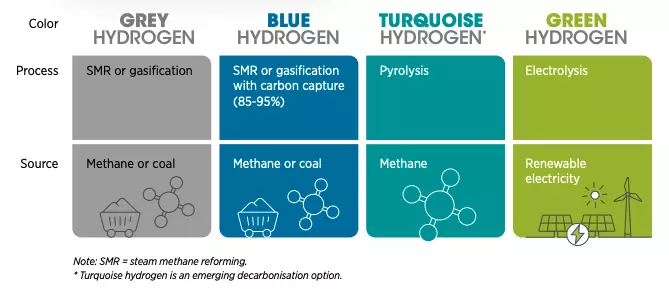Free Courses Sale ends Soon, Get It Now


Free Courses Sale ends Soon, Get It Now



Disclaimer: Copyright infringement not intended.
Context
Plant in Duliajan
|
Anion Exchange Membrane (AEM) Technology An anion exchange membrane (AEM) is a semi-permeable membrane generally made from ionomers and designed to conduct anions but reject gases such as oxygen or hydrogen. Anion exchange membrane (AEM) water electrolysis is a hydrogen production method that is achieved with an AEM, using electricity. One of the major advantages of AEM water electrolysis is the replacement of conventional noble metal electrocatalysts with low cost transition metal catalysts. Anion exchange membrane (AEM) electrolysis is a promising solution for large-scale hydrogen production from renewable energy resources. However, the performance of AEM electrolysis is still lower than what can be achieved with conventional technologies. |
About Hydrogen
Types of Hydrogen:

What is green hydrogen?
Making of Green Hydrogen
Usage of it
Green Hydrogen: The importance
Green hydrogen current status
Challenges in producing Green Hydrogen
Why is India pursuing green hydrogen?
Green Hydrogen Infrastructure in India
Why India should opt for Green Hydrogen?
What can India do to build a global-scale green hydrogen industry?
Must Read: https://www.iasgyan.in/blogs/green-hydrogen-an-overview
https://epaper.thehindu.com/Home/ShareArticle?OrgId=G8I9RTDMP.1&imageview=0
© 2024 iasgyan. All right reserved